If you’ve just started riding an ebike, proper maintenance can keep it running smoothly, extend its life, and make your rides safer. Here’s a step-by-step guide focusing on the most important parts: battery, motor, drivetrain, chain, tires, suspension and brakes. For each part, you’ll learn why it needs care and exactly how to look after it.
Why ebike need more maintainence?
EBikes require more maintenance than traditional bikes because they have extra components like batteries, motors, and electronics that need regular care and occasional professional servicing. Additionally, the higher speeds and power output cause faster wear on parts like brakes, tires, and the drivetrain. While e-bikes share many maintenance tasks with regular bikes, their complex systems and increased usage demands mean they need more frequent and specialized attention to keep them running smoothly and safely.

What parts need maintainence?
Generally, the electrical components of an e-bike require minimal maintenance, and if any issues arise, it’s best to contact the manufacturer or a professional repair shop. Basic maintenance usually focuses on mechanical parts such as the drivetrain, brakes, tires, and suspension. Regularly taking care of these components helps extend the e-bike’s lifespan and ensures a smoother, more comfortable, and efficient ride.
About bike rack
When cleaning and maintaining your ebike, a sturdy bike work stand or rack is essential for lifting and stabilizing the bike. Choose a stand that can safely hold the weight of your ebike, which is often heavier than standard bikes.
For safe use, clamp the bike by the seatpost (not the frame or top tube to avoid damage), adjust the stand so the bike sits at a comfortable working height—typically shoulder level—and make sure the work area allows you to move around the bike for full access. When cleaning an e-bike, it's best to keep it upright but not tipping it upside down (to avoid damaging parts or components).
Always remove the battery before lifting if possible to lighten the load, and check that the rack’s clamps are secure before starting any work or cleaning. Regularly maintain the stand itself by tightening bolts, cleaning moving parts, and checking for wear to ensure stability and safety throughout your bike maintenance routine.
1. Battery
Why Maintain the Battery?
The battery powers your ebike. If you don’t take care of it, the range drops and it may stop working sooner. A healthy battery means longer rides and fewer worries. Reliable battery life is the key to maintaining vehicle riding performance. Reasonable charging and storage methods can help you effectively extend the battery life.
How to Maintain the Battery
Electric bicycles typically use lithium-ion batteries, so their lifespan decreases with the number of charge cycles. Furthermore, battery life is affected by ambient temperature; high temperatures in the summer and cold temperatures in the winter accelerate battery depletion. Proper charging and storage procedures are essential during daily use to maximize battery life.
- Charge regularly but not always to 100%: Plug in your battery after each ride if it's lower than 30%. Remove the charger when it’s around 80-90% to keep the battery healthy.
- Store at the right temperature: Keep your battery indoors when it’s hot or freezing outside. Leave it somewhere cool and dry when you’re not riding.
- Clean safely: Use a dry cloth to wipe the battery’s shell. Keep water away from the charge port.
- Check charge port and cables: Look at the connections for dust or dirt. Gently clean with a dry toothbrush if needed.
- Use the correct charger: Always use the charger that came with your ebike. Avoid third-party chargers unless recommended by your brand.
2. Motor
Why Maintain the Motor?
The motor pushes you along. Dirt, dust, or water can hurt its parts. Regular checks keep it working smoothly and protect it from bigger problems. The motor is highly functional, so in-depth maintenance needs to be done by professionals. Daily maintenance is to prevent damage such as water ingress caused by improper riding. If more serious problems occur, you will need to find a specialized repair shop.

How to Maintain the Motor
- Keep it clean: Wipe the motor housing with a damp cloth—not dripping wet—to remove dirt. Don’t spray it with water.
- Check for loose bolts: Use a wrench to gently tighten any bolts holding the motor in place. Never overtighten.
- Listen for odd sounds: Turn on the bike and listen while running the motor. Clicking or grinding means something’s off—stop riding and ask a shop for help.
- Inspect wires: Look for cracks or wear in the cables. If you find damage, get it fixed before riding.
3. Drivetrain
This includes the crankset, rear cassette, and derailleur—these move your chain and help change speeds.
Why Maintain the Drivetrain?
A clean, well-oiled drivetrain makes pedaling smooth and quiet. Dirt or old oil makes shifting harsh and wears parts faster. The transmission system directly affects the smoothness and comfort, so maintaining reasonable maintenance and cleaning can reduce wear on the chain and increase the operating efficiency of the bike.
How to Maintain the Drivetrain
- Clean after muddy or dusty rides: Use a soft brush to remove gunk from gears and derailleurs.
- Degrease(when needed): Spray a bike-specific degreaser on the gears, wait a few minutes, then scrub with a brush. Wipe off extra degreaser.
- Check alignment: Shift through all gears. If it stutters or clicks, check if the derailleur looks bent; a mechanic may need to fix alignment.
- Lubricate: Put a few drops of bike chain oil on gears and moving parts. Wipe off extra oil after.
4. Chain
Why Maintain the Chain?
The chain connects pedals to the wheel. A dry or dirty chain makes riding harder and will wear out fast. A well-cared-for chain helps everything work together quietly and smoothly.

How to Maintain the Chain
- Clean: Use a rag to wipe dirt off the chain. For heavy grime, use a chain cleaning tool or an old toothbrush with degreaser.
- Lubricate: If the chain makes unusual noises, lubricate it. Choose a chain lubricant (wet or dry depending on your living environment). Drip chain oil along the length of the chain, applying small amounts frequently to ensure each section is properly lubricated. Turn the pedals to move the chain around.
- Wipe excess: Run a clean rag along the chain to remove extra oil—extra oil catches dirt.(Avoid using too much lubricant, which may result in additional grit and dust.)
- Check for stretch: Hold the chain and try to pull it away from the gear teeth. If it lifts too far, it might need replacing.
5. Tires
Why Maintain the Tires?
Tires are your contact with the road. Low air, cracks, or worn tread can lead to a flat or crash. Good tires make rides smoother and safer. Incorrect tire pressure can cause serious problems such as snake bite and tire blowout.
How to Maintain the Tires
- Check tire pressure: Use a pressure gauge. It's best to check your tires once a week. Check the side of your tire for the right range or refer to the manufacturer's recommended tire pressure range. Make sure both tires match.
- Look for cuts, holes, or worn tread: Inspect the rubber for sharp objects or bald spots. Change the tire if you find serious damage.
- Rotate them: Switch front and rear tires if one wears faster. This can even out wear.
- Check valves: Make sure air valves aren’t leaking. Tighten the cap if needed.
6. Brakes
Why Maintain the Brakes?
Brakes help you stop safely. Worn pads or dirty parts mean longer stopping distances and higher risk of accidents.
How to Maintain the Brakes
- Check brake pads: Look at the pads on each wheel. If they’re thin (less than 3mm), replace them.The replacement cycle is determined by the frequency of riding. If the number of rides is high, the replacement cycle should be shortened.
- Clean brake surfaces: Wipe the rims or disc rotors with a clean rag. For disc brakes, don’t touch the disc with your fingers.
- Check the rotors: Check whether the rotors are warping or glazing.
- Test lever feel: Squeeze each brake lever before riding. They should feel firm, not mushy. If they feel loose or go to the handlebar, adjust the cable or fluid.
- Listen for squeaks: Squeaky brakes often mean they’re dirty. Clean the pads or rotors. If it continues, ask a shop for help.
7. Suspension
Why Maintain the Suspension?
The suspension helps absorb shocks from bumps and rough terrain, giving you a smooth, comfortable ride.Proper maintenance keeps suspension parts working smoothly, prevents damage to seals and bearings, and ensures better control and safety.

How to Maintain the Suspension
- Clean Regularly: After each ride, wipe down the suspension fork and rear shock with a soft cloth or gentle brush to remove dirt and mud. Avoid using high-pressure water near seals to prevent damage.
- Lubricate Stanchions: Apply suspension-specific lubricant (never WD-40 or regular oil) to the fork’s inner tubes (stanchions) to keep them smooth and reduce friction.
- Check Air Pressure: Use a shock pump to measure and adjust the air pressure in your suspension according to your weight and riding style. Proper pressure ensures good "sag" (how much the suspension compresses under your weight) for comfort and control.
- Inspect for Wear: Look for scratches, oil leaks, or worn seals on suspension parts. Scratches on stanchions can damage seals and cause leaks, which need professional repair.
- Tighten Bolts and Check Bearings: Ensure pivot bolts are tight (not over-tightened) and inspect pivot bearings for looseness or corrosion. Lubricate bearings with suspension-specific grease if possible.
- Adjust Settings: Many e-bike suspensions let you adjust compression and rebound. Fine-tune these settings for your riding conditions to get the best performance.
- Schedule Full Service: Depending on use, get a professional suspension service every 50 to 100 hours of ride time to replace seals, oil, and worn parts for long-lasting smoothness.
Keeping your suspension clean, well-lubricated, properly pressured, and inspected regularly will make your rides smoother, safer, and extend your suspension’s life.
Final Tips for Ebike Maintenance
- Make a simple checklist you follow every month for these parts.
- If you’re ever in doubt, visit a local bike shop.
- Safety comes first. Before you head out, take a short test ride to make sure essential functions like the brakes and chain are working properly.
- Keep all your cleaning and maintenance tools together so they’re easy to find.
With regular attention to these parts, your ebike will last longer, work better, and keep you safe on every ride.
Conclusion
Riding an electric bike is a wonderful way to explore the outdoors. Regular maintenance helps keep the bike performing well, prevents complex issues, and extends its lifespan—making every adventure safer and more enjoyable.


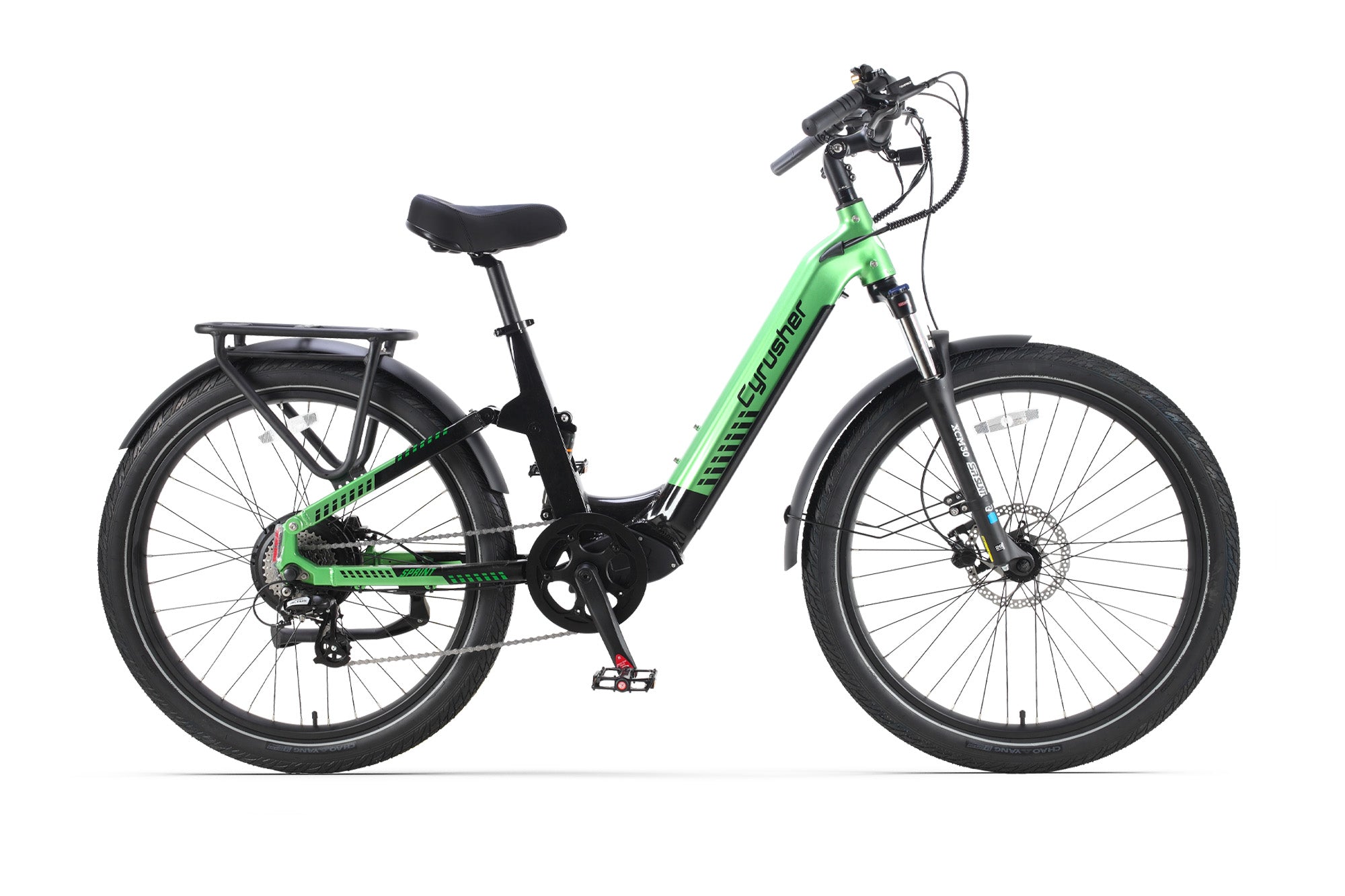

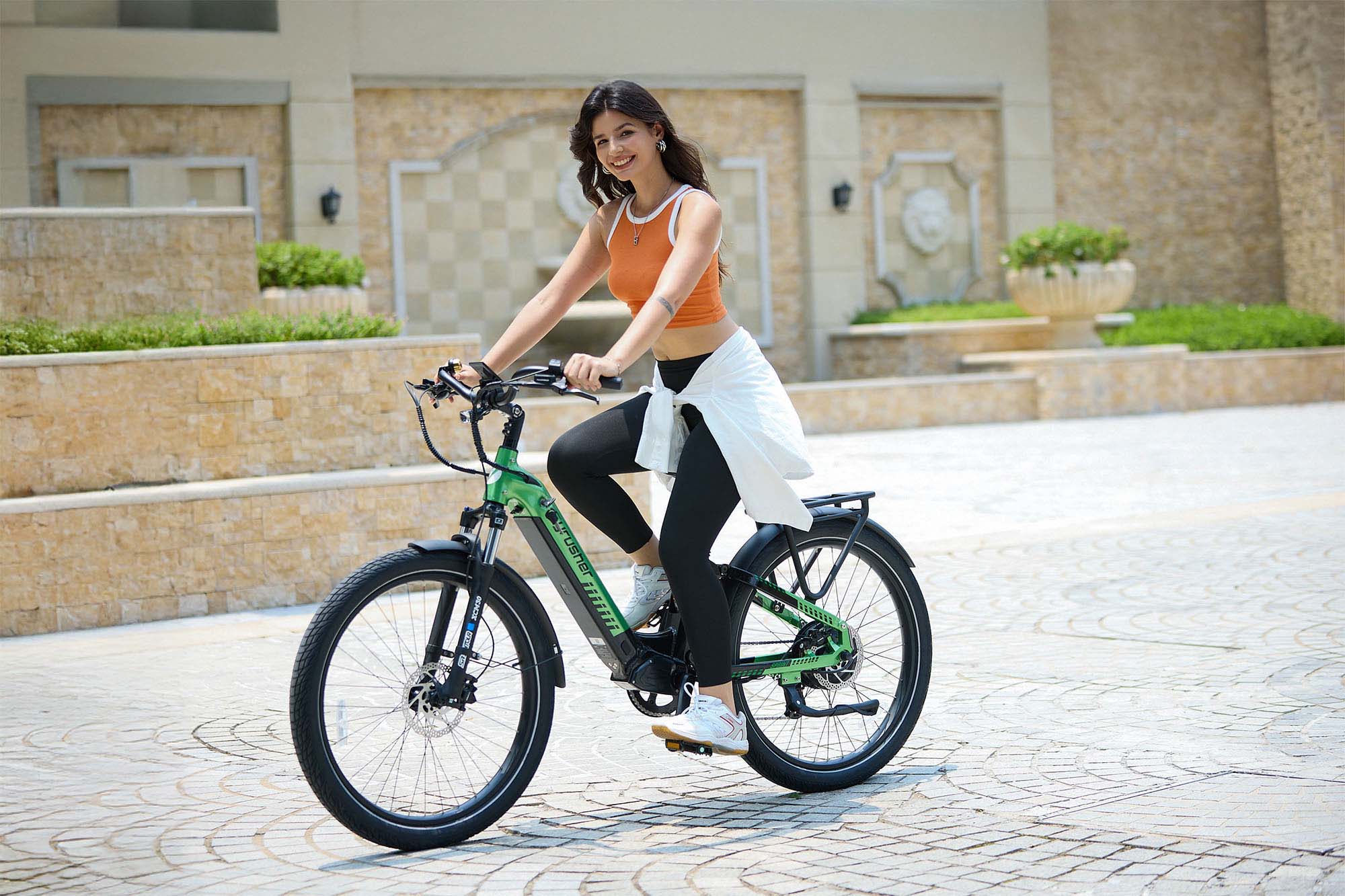
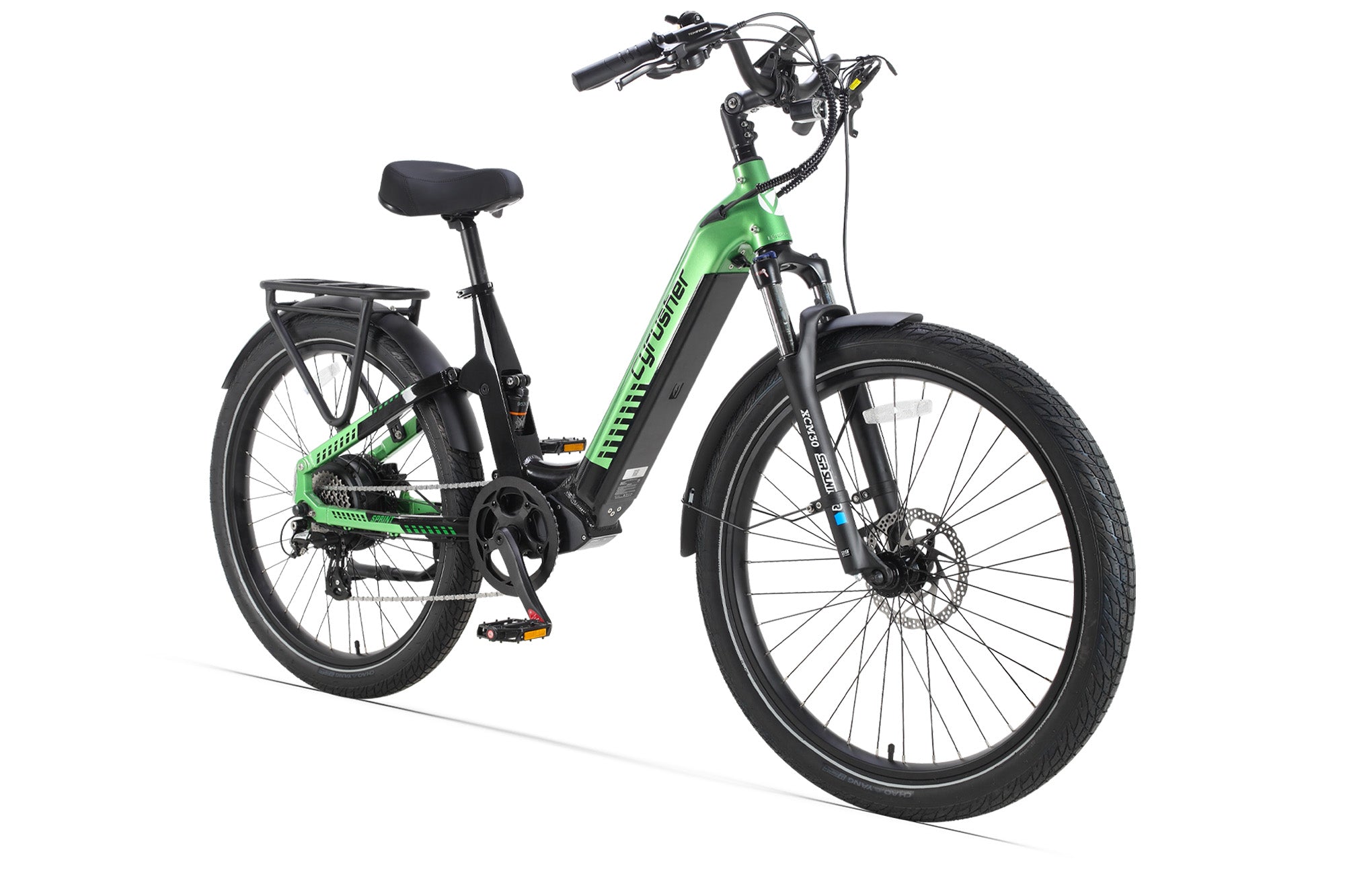
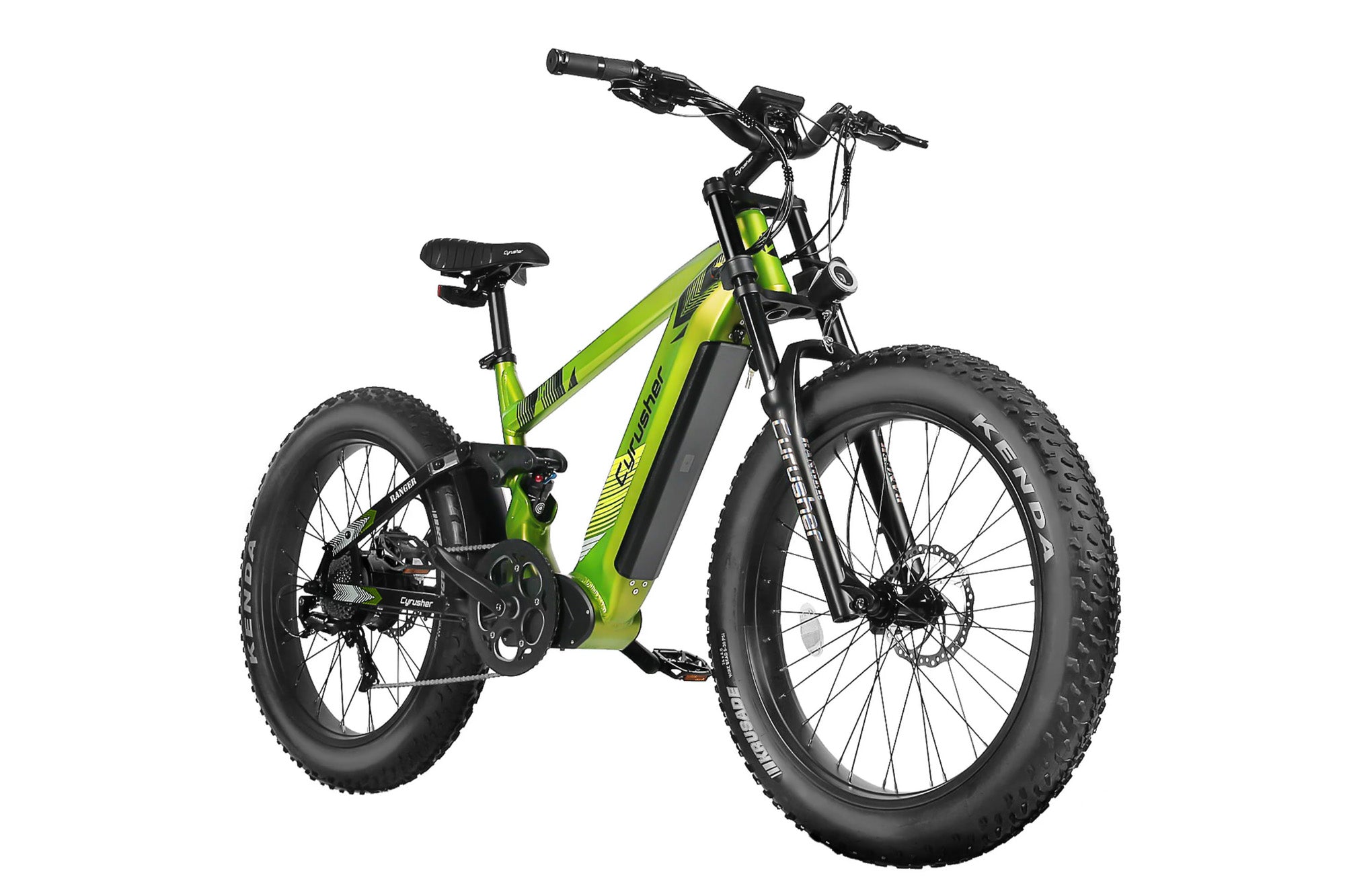

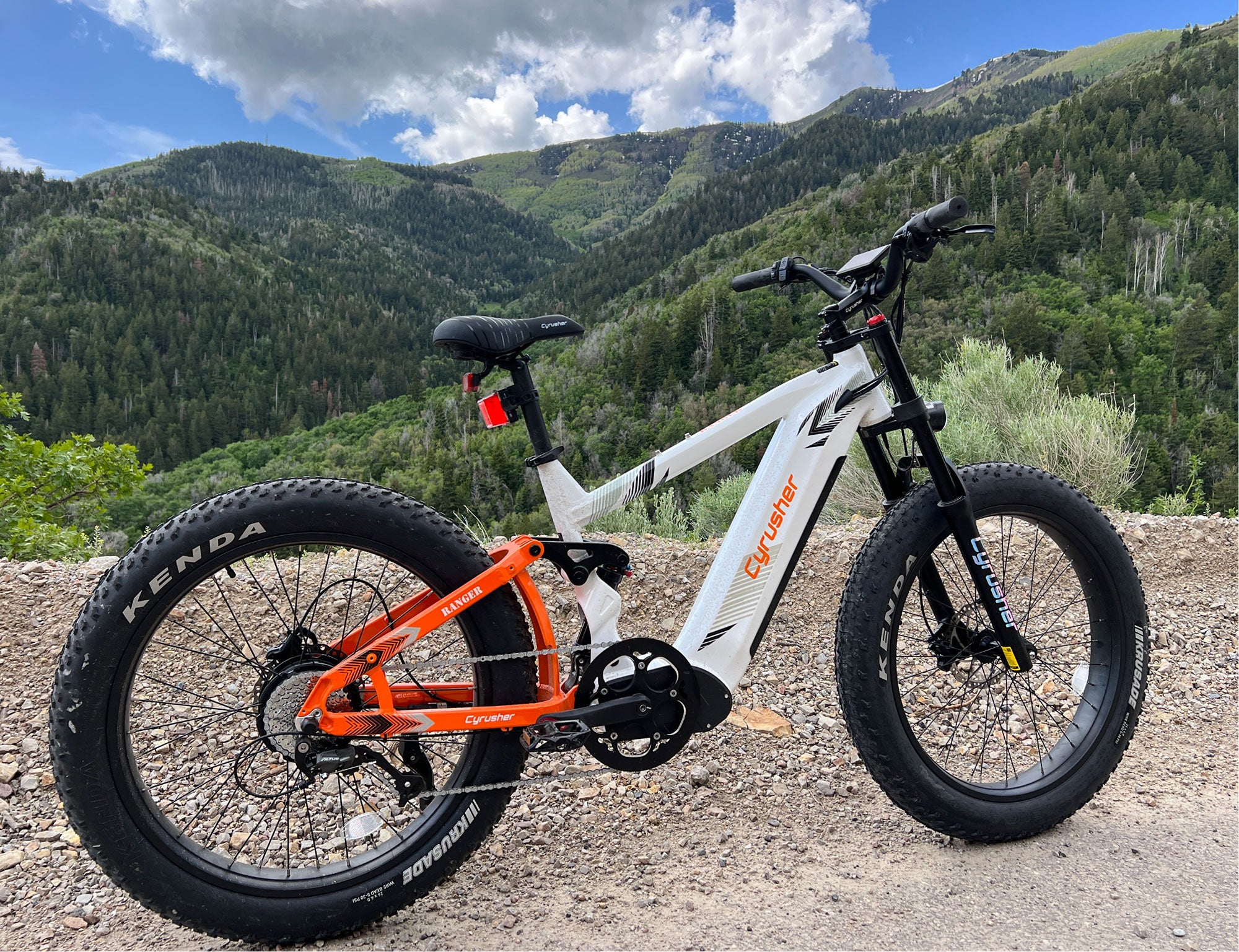
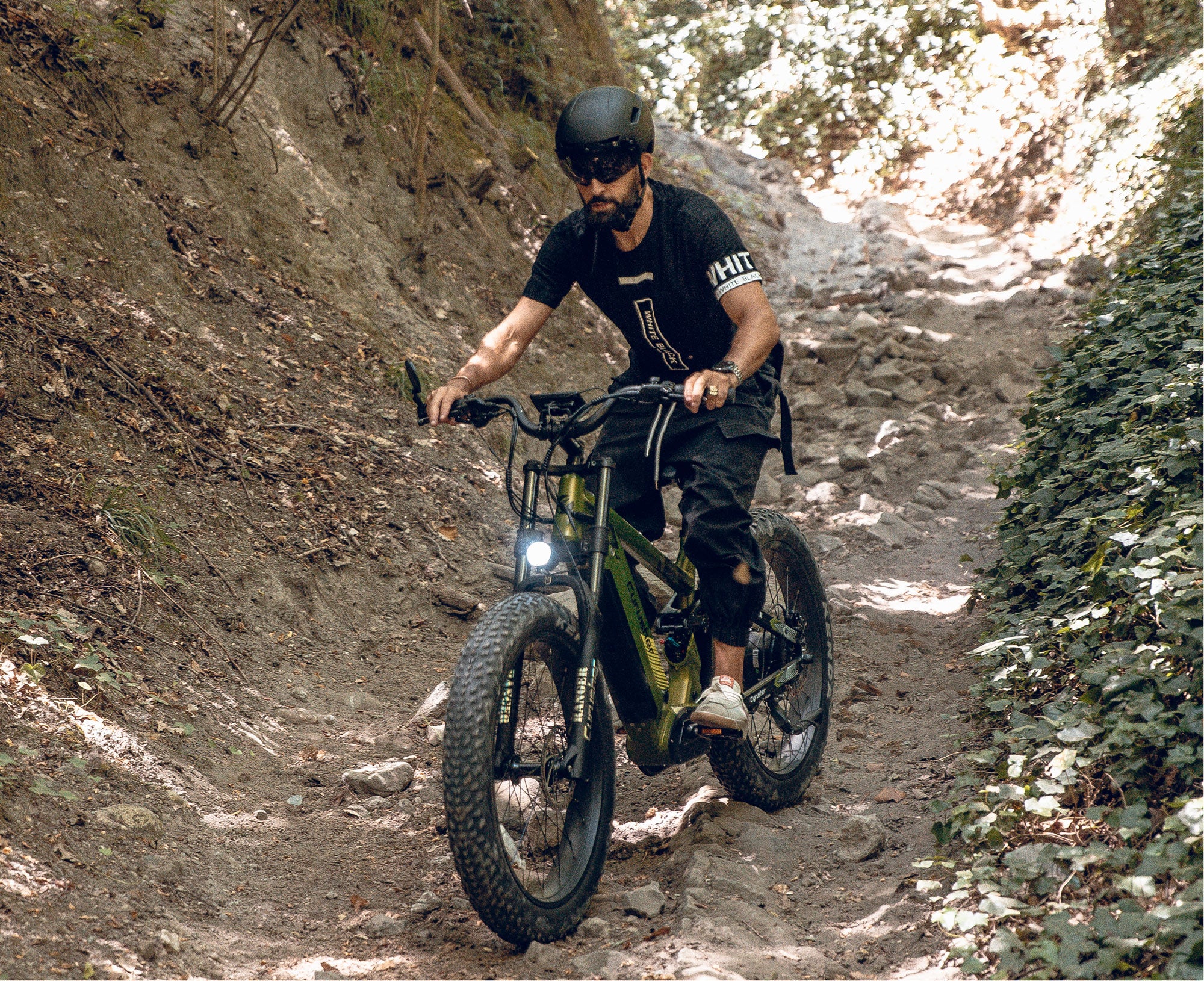
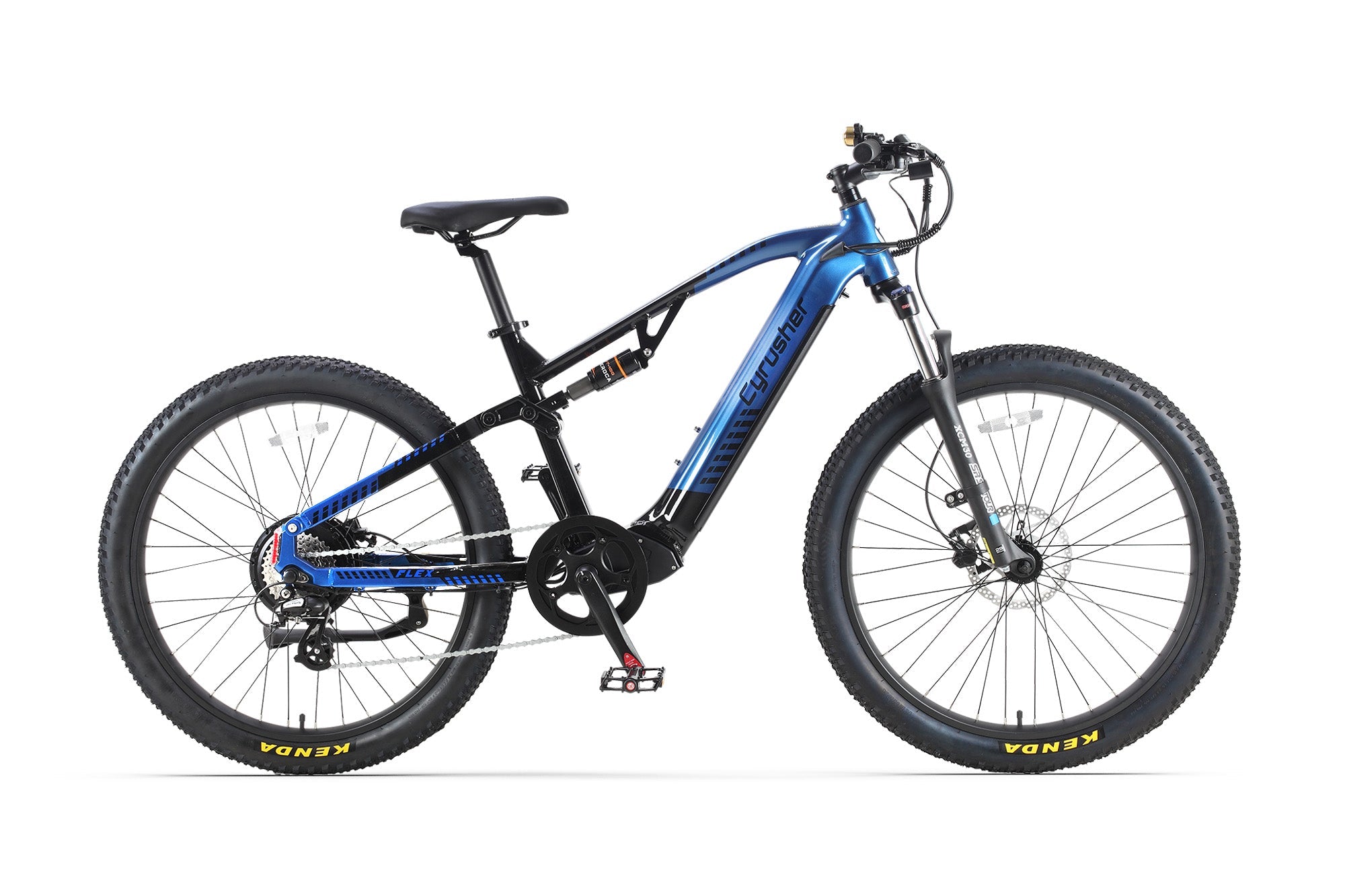
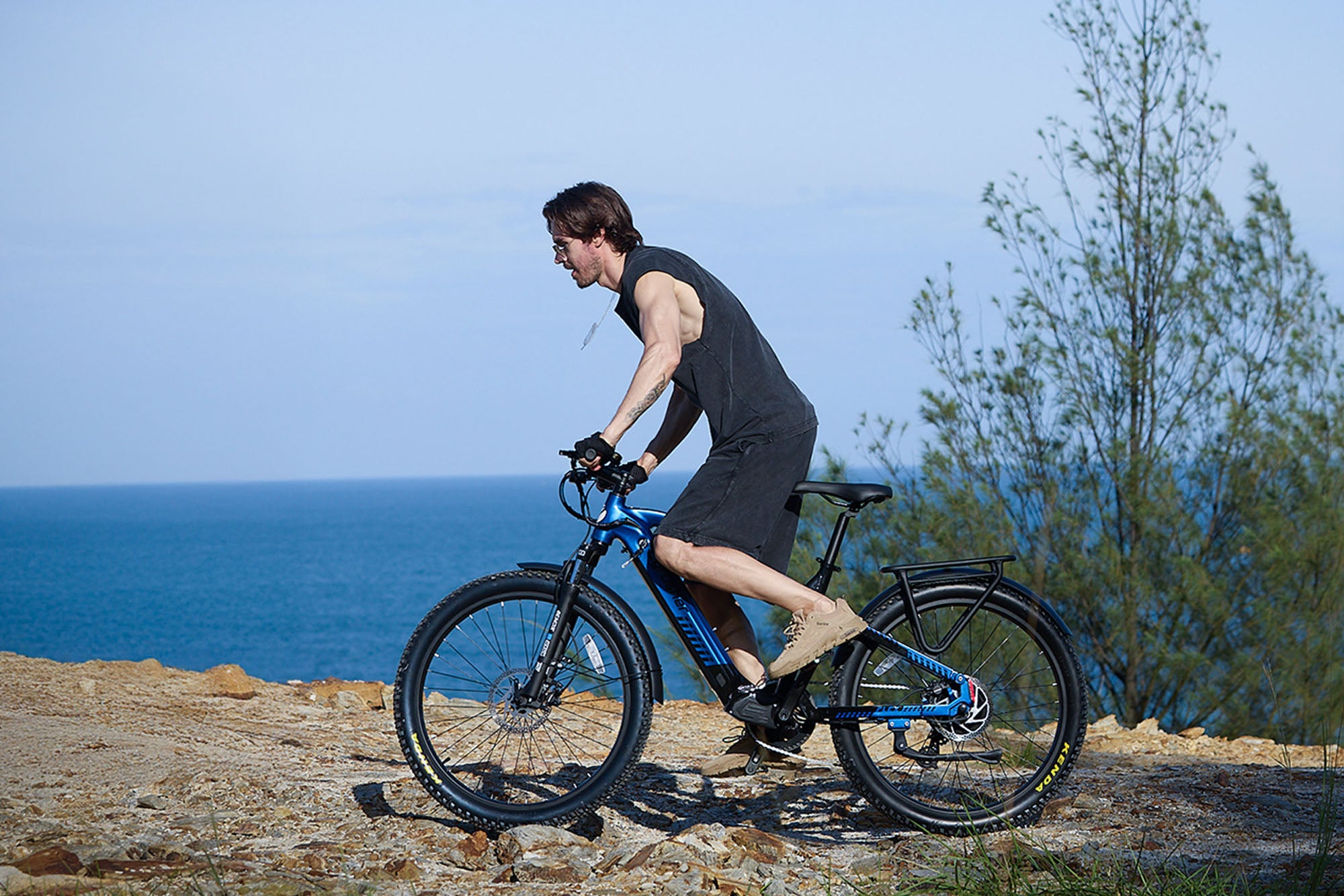
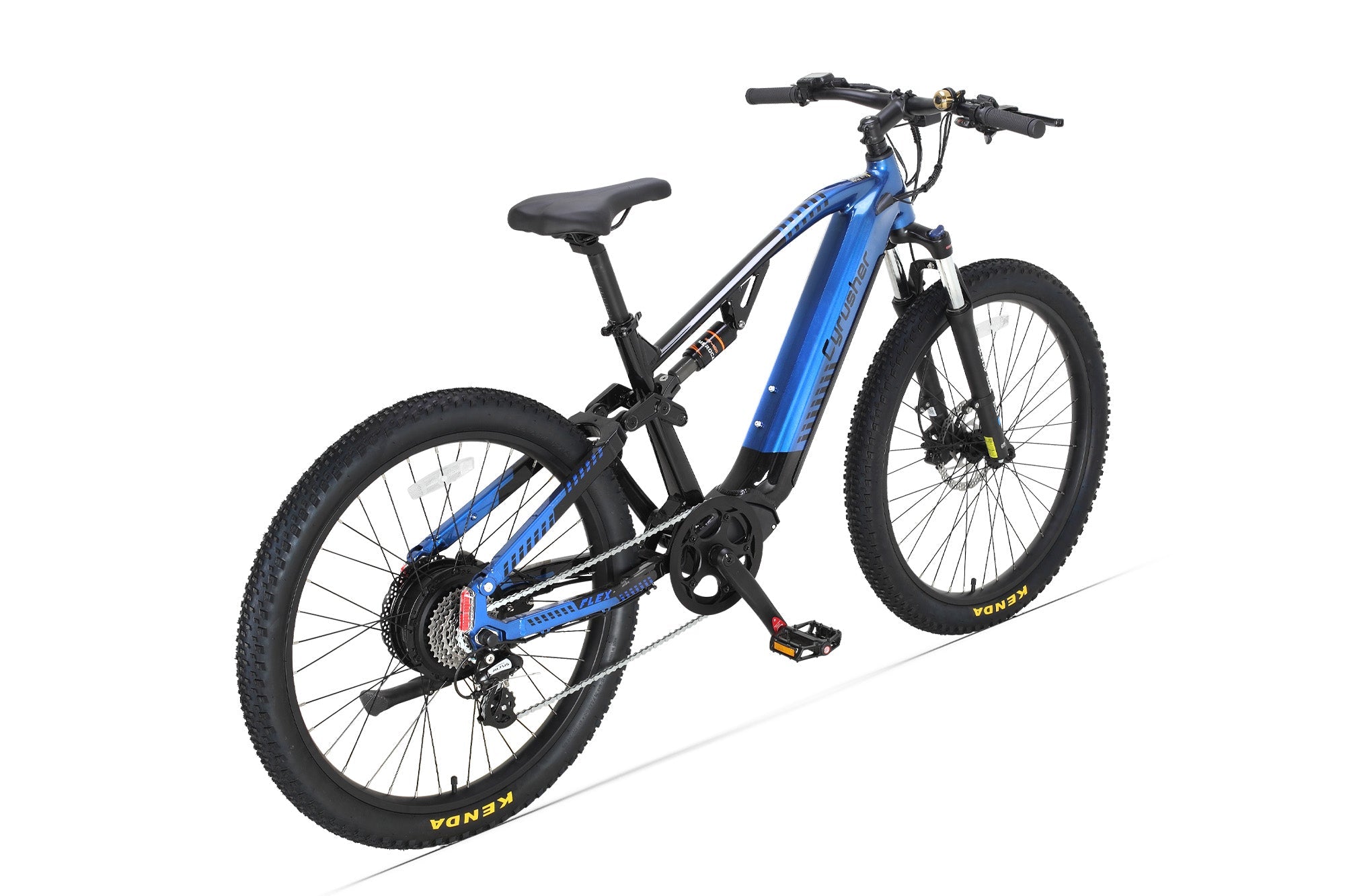
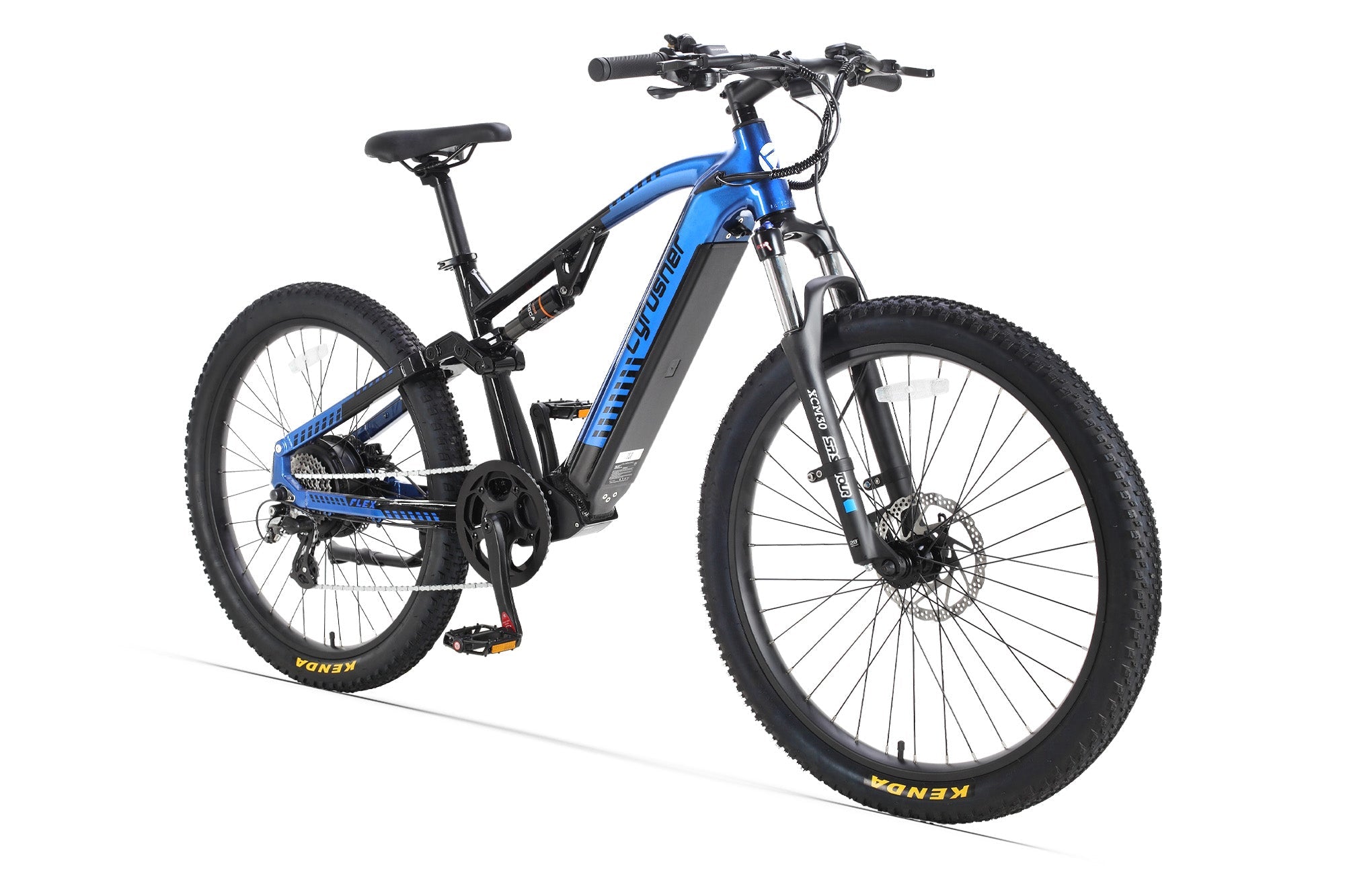

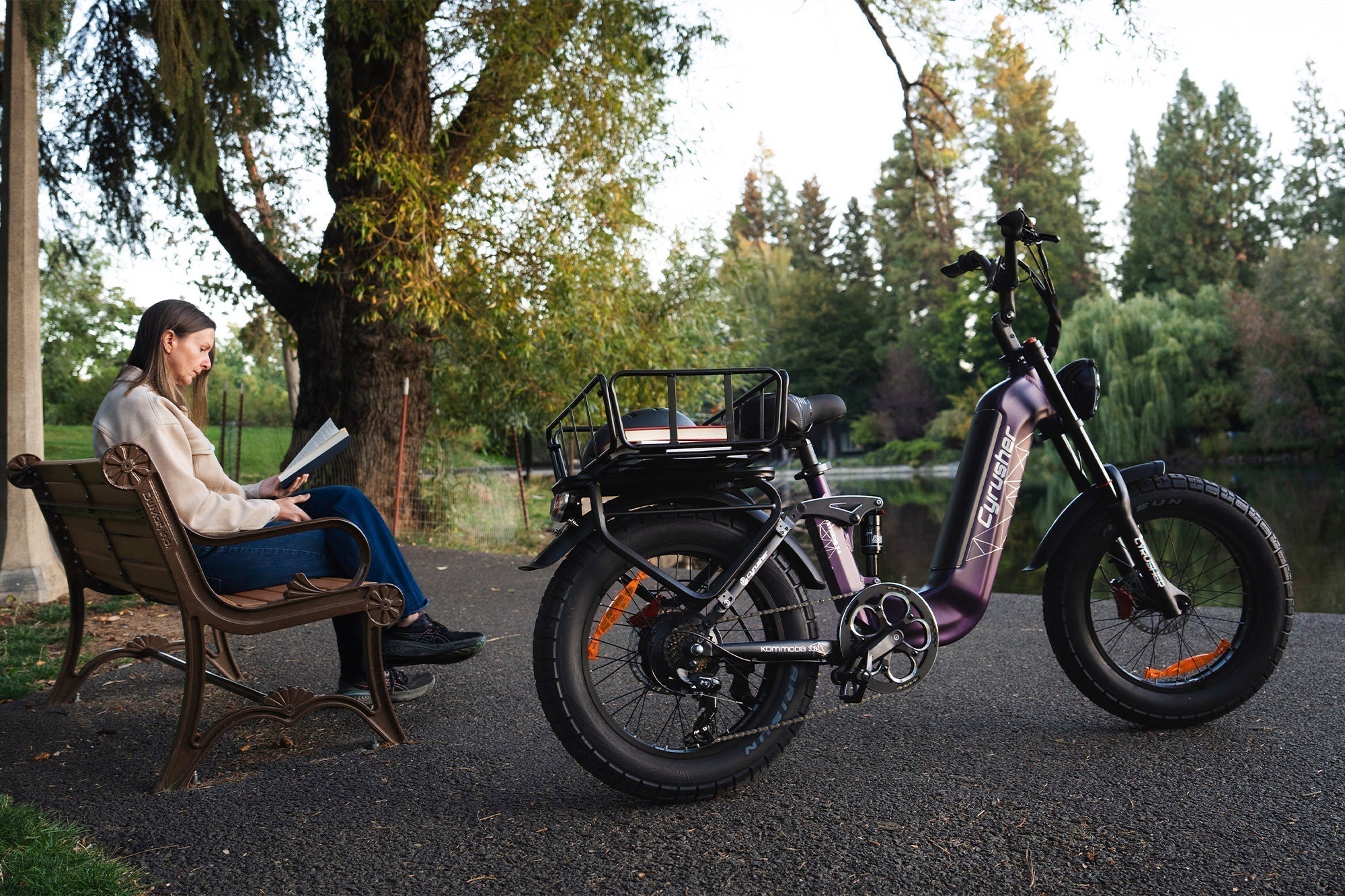
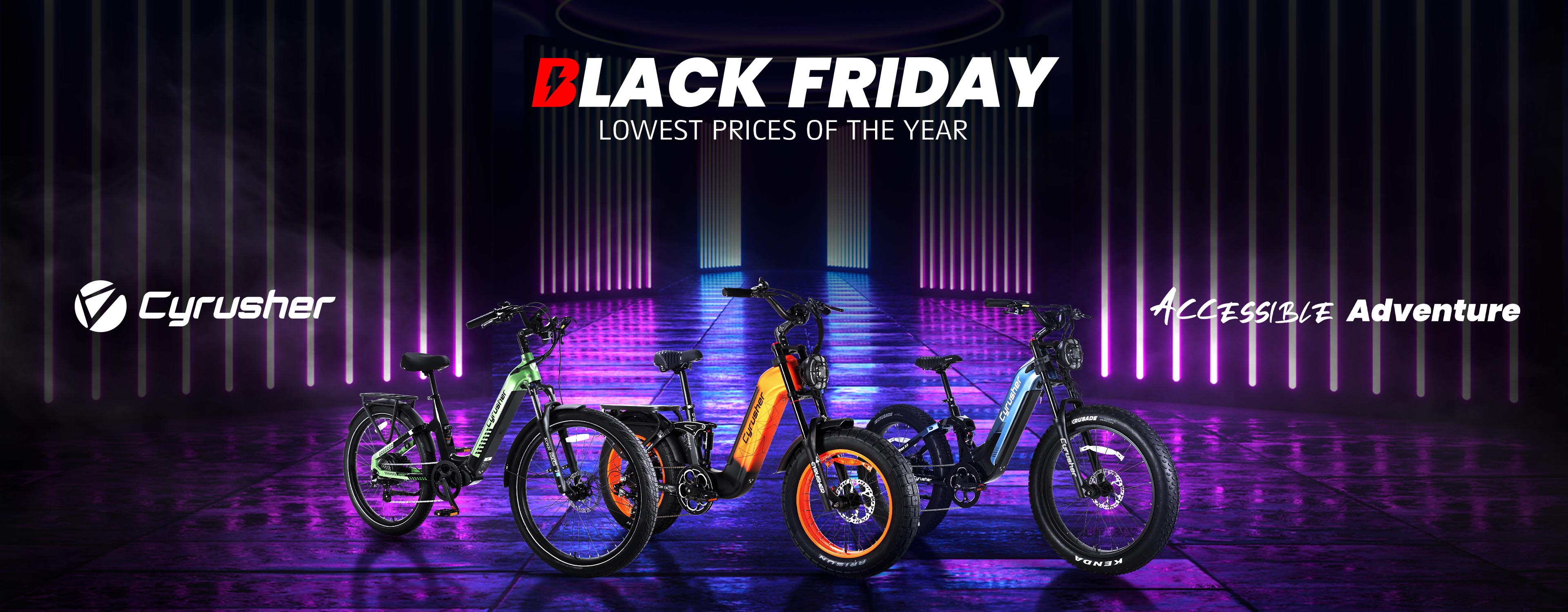
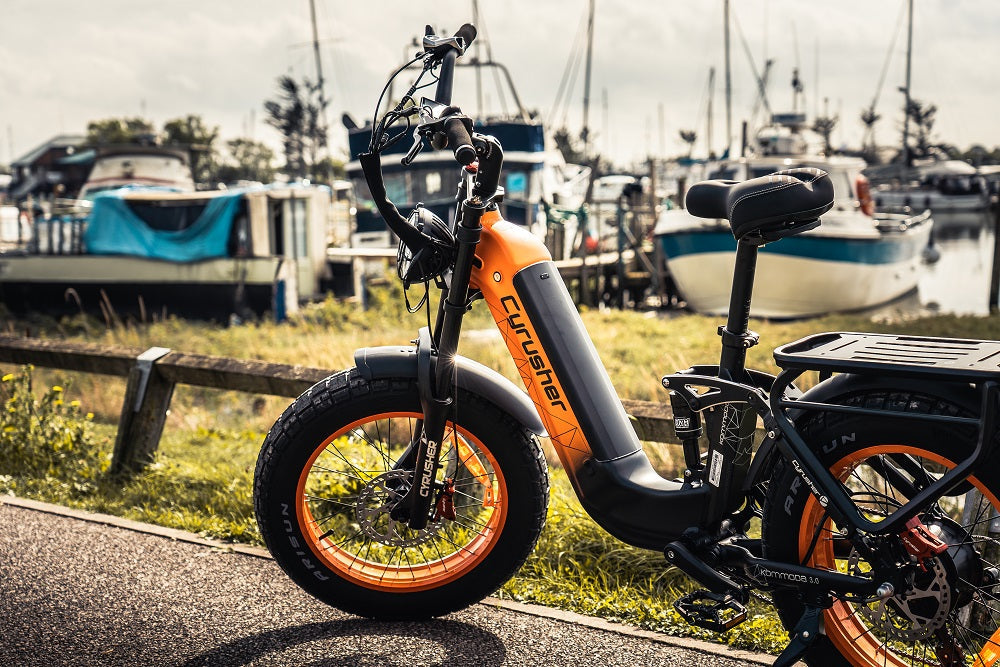
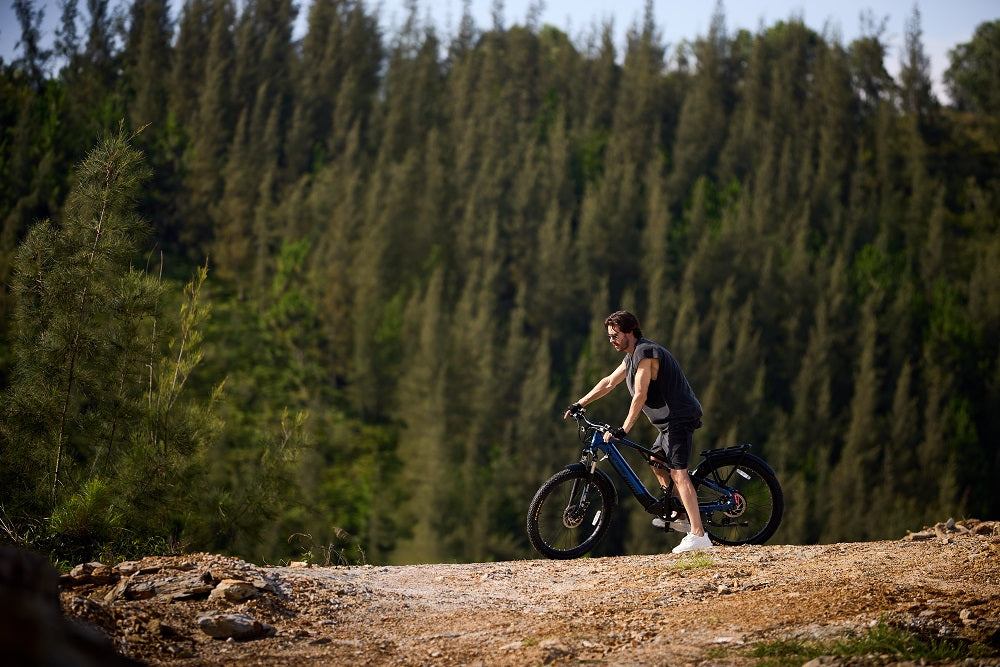

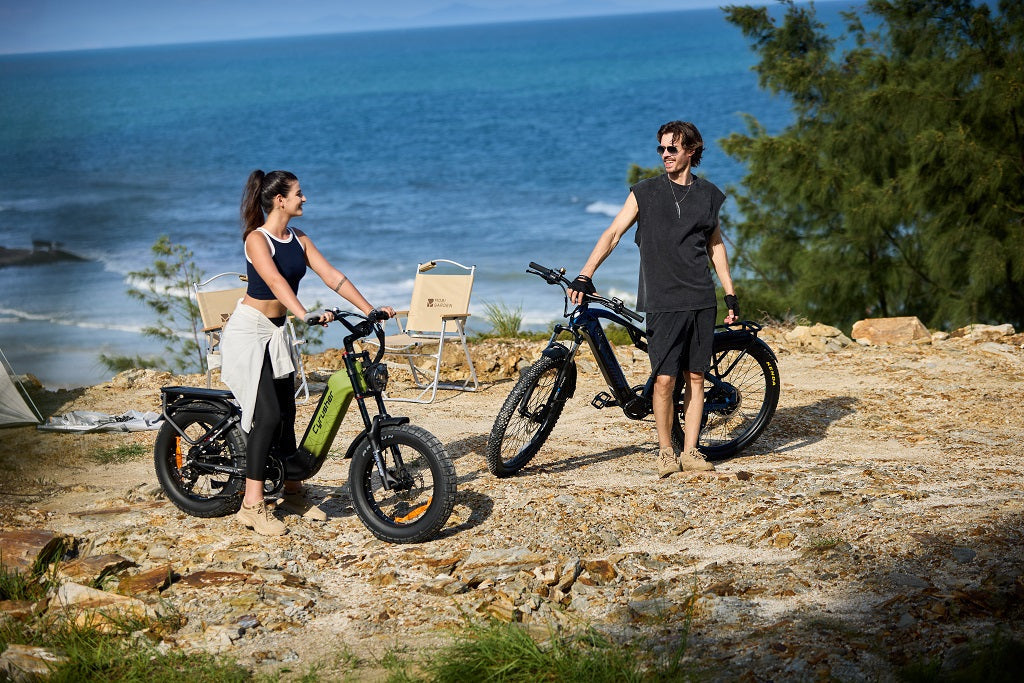
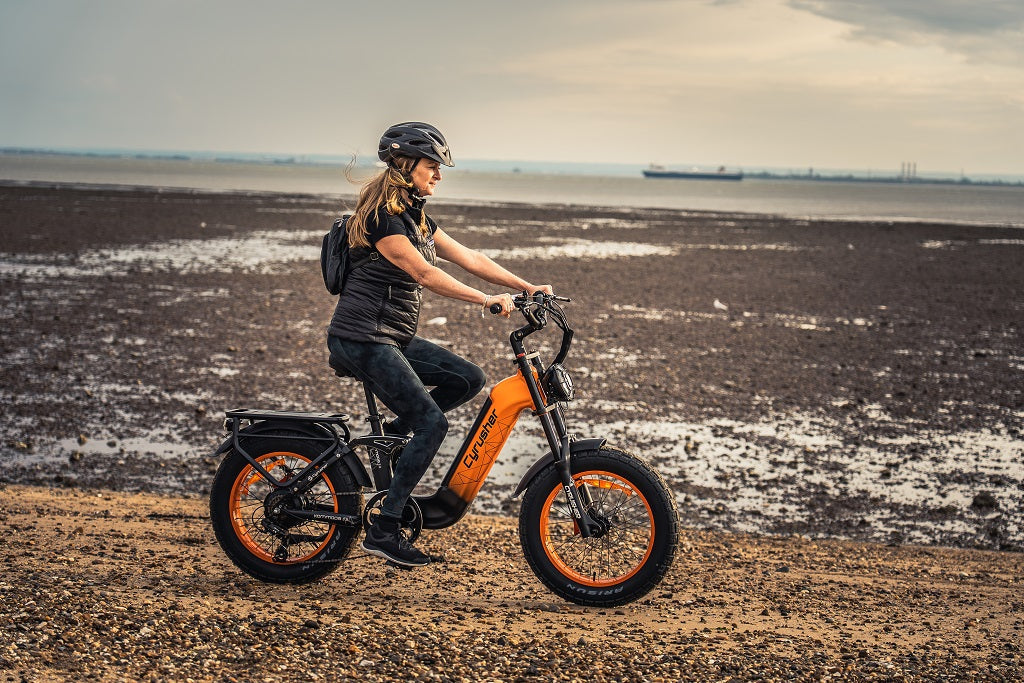
Share:
How Far Can an E-Bike Go on a Single Charge?
How to maintain ebike brake